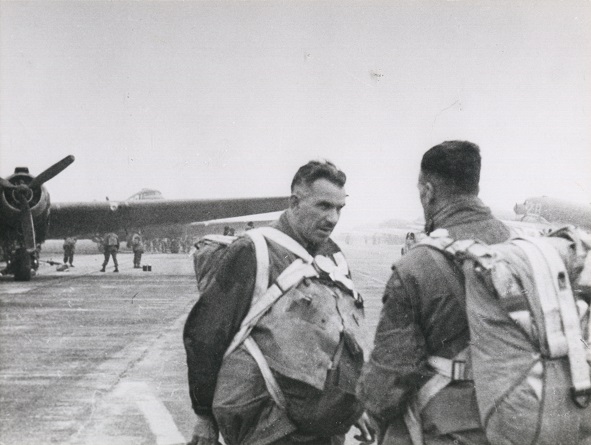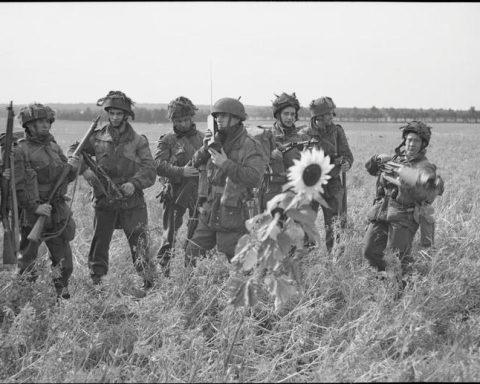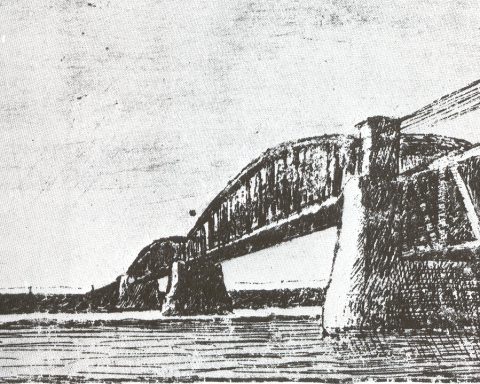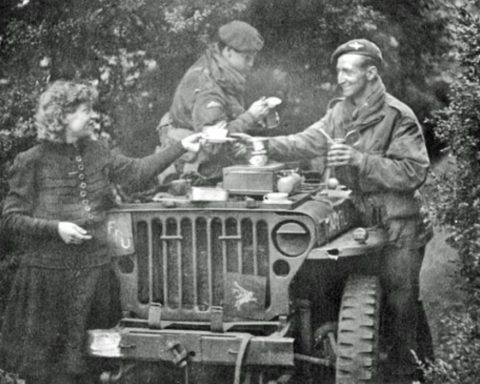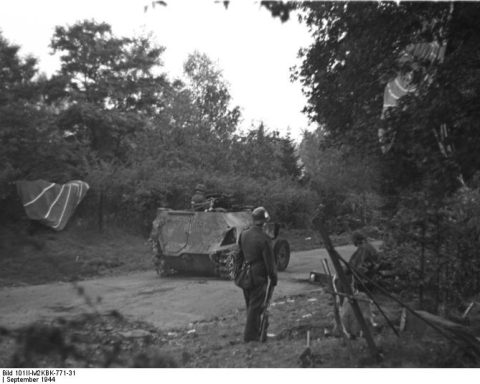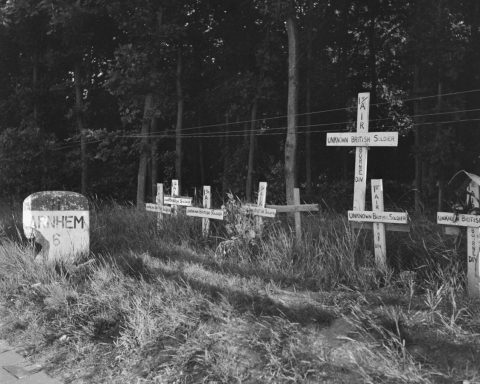They had had to wait for days until the weather in England was good enough to take off and on Thursday, September 21, the time had finally come: the 1st Polish Airborne Brigade would land near Arnhem. Two days later than planned.
On Tuesday, September 19, the jeeps and anti-tank guns had landed as planned. The Poles landed there in the middle of the fighting between the British 4th Parachute Brigade and the German troops attacking the landing area.
Because the Germans had now conquered the drop zone for the Poles, another drop zone had to be found for the paratroopers who would jump on Thursday, September 21. General Urquhart, who was now in contact with the Allies at Nijmegen via radio, proposed that the Poles should land at Driel. The Poles could then reach the British perimeter via the foot ferry to strengthen the British lines.
General Stanislav Sosabowski, the commander of the Polish airborne troops, first wanted to know whether the British still had control over the northern landing point at the Westerbouwing. When assured that this was indeed the case, Sosabowski agreed.
Return to the airport
On the morning of Thursday, September 21, the weather at the airports in England was still miserable. But due to the bad situation in Oosterbeek, it was decided to continue the Polish airborne landings anyway. Later in the morning the weather cleared slightly in England and 114 C47 transport aircraft took off with more than 1,500 Polish paratroopers on board.
Soon after the planes took off, the American commander of the planes decided to recall the planes. There was too much cloud cover. The planes did not break through, even at high altitudes. He thought the risk of planes colliding with each other was too great.
Due to the weather conditions, the order to return only reached some of the aircraft. A total of 41 aircraft returned, 73 aircraft flew on to Arnhem. By the way, without being bothered by the clouds. There were no accidents, although one aircraft was hit by anti-aircraft fire over Belgium, forcing it to return to England.
The planes arrived at Driel around 5 p.m. There they were heavily bombarded by the massive anti-aircraft guns that the Germans had now gathered around the British positions. Five planes were shot down, but all paratroopers were able to jump safely before the planes crashed. Most of the American aircraft crews also managed to escape.
After the landing it turned out that 1,000 Poles had landed near Driel. That was two-thirds of the original combat strength. General Sosabowski was concerned about the absence of the 1st Battalion and half of the 3rd Battalion. He was afraid the planes had been shot down. Sosabowski did not know that 41 planes had returned.
There were few Germans in the area where the Poles had landed. A total of nine Germans were captured, five of whom were deserters who had hidden in the reformed church of Driel. The Polish paratroopers also captured two compatriots. The Poles were forced by the Germans to serve in the German army.
Triumphal procession
Despite the heavy anti-aircraft fire, the landing went without major problems. This is also evident from the report of Lieutenant Stefan Kaczamrek:
“After we landed, it became clear that the main force had ended up about a mile on the other side of Driel. Our group gathered at a farm, where we took our first prisoner. It was a German with a sleepy look.
When I asked him in German where the others were, he replied that they had all run away. We have to trek straight through the village to reach the meeting point and walked in single file behind each other. In this way we made a real triumphal procession through Driel. People stood in front of their houses, threw flowers at us and waved orange rags.”
Immediately after the paratroopers had gathered, the Polish brigade took action.

